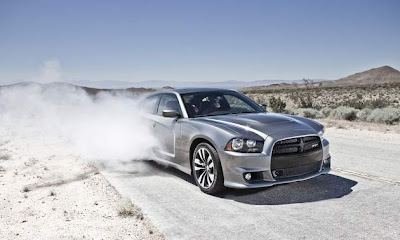Some will argue that Top Gear will only go as far as Jeremy Clarkson takes it, and to a certain extent, there’s some truth to that. But that’s not to say that his co-hosts, Richard Hammond and James May, are scrubs by any stretch of the imagination. As a matter of fact, one of them is going to get his own show in, of all places, America.
That’s right. The Hamster himself is crossing over to the other side of the pond. As BBC continues to expand its line-up in our neck of the woods, one of the shows that has already been confirmed will feature Richie Boy in a show called ’Hard Drive with Richard Hammond.’
The show is being being pegged as something along the lines of the World’s Toughest Driving Tests. Hammond will be traveling across the vast expanses of our wondrous land in search of the weirdest machines that he can get to move faster than Captain Slow ever could. We don’t know what kind of contraptions are going to be in store for us, but we’re definitely digging the concept of the show.
Let’s hope that the show more than lives up to the pretty awesome concept.





























